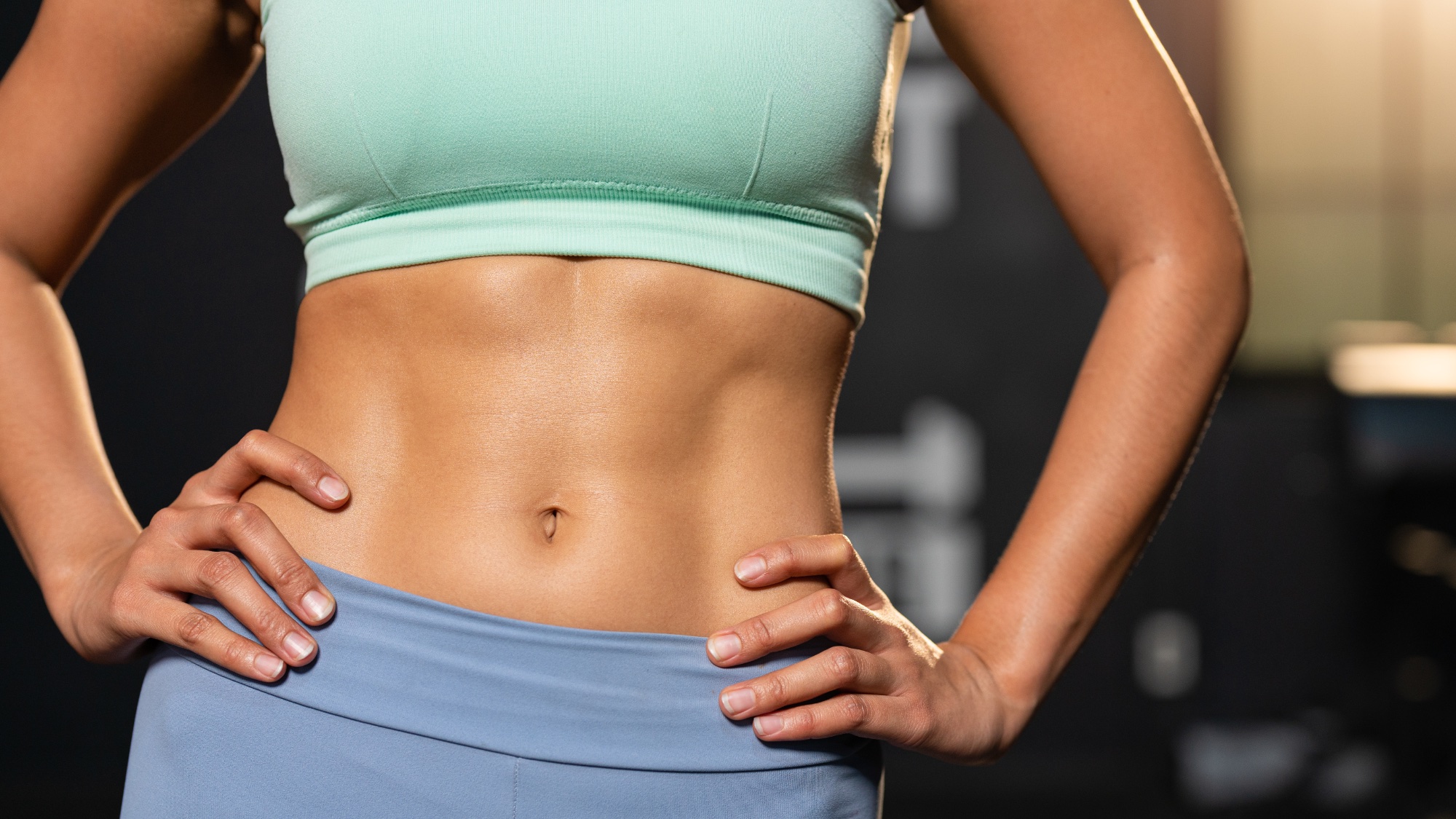
Calisthenics workouts are a brilliant way to strengthen your core and build full-body strength without equipment, and you can pack a punch quickly using just your body weight.
This short 10-minute workout comes from Tom Peto, who created a calisthenics core strength workout suitable for all fitness levels. Although you won’t need any equipment, we strongly recommend one of the best yoga mats as you’ll be on your back during the workout and encouraged to keep good contact between your lower back and the mat.
If you have any injuries or lower back pain, following a new exercise routine without guidance isn’t recommended, so always work to your ability and stop if you begin experiencing pain or feel unwell.
Watch Tom Peto’s 10-minute calisthenics core workout:
You have five exercises to work through, using a 40-second on and 20-second off format for two rounds.
“Join me for this calisthenics workout to build a strong core and defined abs,” says trainer Tom Peto. “This is a no-equipment workout you can do at home in just 10 minutes. If you’re looking for intermediate to beginner calisthenics training to improve your skills, then make this a weekly addition.”
Of course, reading “10 minutes” and “defined abs” sounds unachievable — because it is. Remember, the combination of building lean midsection muscle mass and reducing your overall body fat percentage is what ultimately shows off popping ab muscles.
However you enjoy exercise, aim for consistency and mix things up as you get fitter and stronger to keep your body stimulated rather than relying on a standalone workout. We also recommend learning how your diet and calorie intake affect your ability to lose fat and build muscle definition — we cover all of the how-to’s on counting macros to help guide you.
- Hollow hold (or a half hollow hold)
- Superman
- Compressions (or alternating leg raises)
- Deadbug
- Straight-leg wipers (or 90-degree wipers)
Why I love the 10-minute calisthenics core workout
People find it much harder to build back strength without weights, which is why the hollow holds and supermans in this routine are such a welcome addition. Plus, exercises like compressions and leg lifts target the deeper core muscles and hip flexors, with the wipers engaging your oblique muscles running down your waist.
In just 10 minutes, the whole upper body gets a toasting, and all five bodyweight exercises are preparatory moves used in CrossFit-style classes to build you up toward bar-based work.
Most importantly, each move teaches your body to stabilize and move through a range of motion without throwing your weight around; this teaches your body muscular control, proper posture and core engagement. Adding a calisthenics program to your routine quite quickly translates to improvements elsewhere in your training regime, including during Pilates and weight training.
I encourage turning to a well-cushioned yoga mat if you plan to try this workout. I use the Lululemon Take Form or Liforme yoga mats, both of which made it into our best yoga mats rankings.
Does calisthenics build muscle?
In short, yes, this form of bodyweight training can build muscle, but sculpting muscle is harder than you might think. It takes a combination of progressive overload (adapting variables in your program as you respond to your training stimulus), adequate nutrition and understanding how much protein your body needs to build muscle, amongst other lifestyle factors.
That said, a solid calisthenics routine is brilliant for upper body and core conditioning and helps your body become more adept at daily tasks, improving how your body functions.
Adding calisthenics to your exercise routine has a few benefits, helping you build relative strength and muscle and improve balance, coordination and mind-muscle connection. Exercising with your body weight also helps strengthen your ligaments, bones and joints and heavily recruits your core muscles for support and stability.
Any bodyweight exercise, particularly gymnastics, requires a super strong core — your torso is a powerhouse for driving explosive movement and supporting your spine — so utilizing bodyweight training should help teach your body to get stronger without relying on external loads like dumbbells or kettlebells.







